Ingredients:Glycyrrhiza glabra, Rosa damascene , Nardostachys jatamansi, honey, Starch.
Active Ingredients: Gallic acid, flavonols derivatives, flavonol, semimyrtucommuloneacids, Polyphenols, myrtucommulone (MC), semimyrtucommulone(S‐MC) cineole, α‐pinene, myrtenyl acetate, limonene, linalool, α‐rpinolene, cineole, oleic, pinene, geraniol, linalool, linoleic, palmitic, citric acids, linoleic, camphene, tannins, acids, myrtenol
Indications:Treatment of ulcers, pain and gastritis
Dosage and administration: Take 2 tablets after each meal. In severe and acute cases of the disease, the dose can be increased to 3 every 8 hours to achieve the desired effect.
Side effects:People with high blood pressure should take it with blood pressure control
Recommended tips: In people who do not have high blood pressure, in acute and severe cases, up to 3 tablets can be taken daily
Contraindications and precautions: Not recommended in pregnancy and people with high blood pressure.
Pharmacological effects and mechanism of action MOA: Gastrointestinal ulcers are considered a relatively common gastrointestinal disorder that can affect people who are at risk during their lifetime, such as bleeding, perforation, obstruction of the gastrointestinal tract, and subsequent mortality. . Gastric or peptic ulcer: It is the most common type of gastric ulcer. It may be associated with an imbalance between mucosal and invasive mucosal protective factors. Oxidative stress is known to be one of the most important aspects of the pathophysiology of gastric diseases. Parameters including psychological and physical stress, microbial infection, and excessive supply of ethanol cause oxidative stress in the stomach . Excessive supply of ethanol leads to the production of reactive oxygen species (ROS) such as hydrogen peroxide, anion superoxide and radical hydroxyl, which cause mucosal lesions through oxidative damage in gastric ulcers caused by ethanol . Glutathione and catalase, as two important endogenous antioxidant In addition, re-regulation of heme-oxasease-1 (HO-1), a stress response protein, is associated with antioxidant and anti-inflammatory activity Rhizomes and roots are the most important medicinal parts of licorice, which has been reported to be used alone or in combination with other herbs to treat many gastrointestinal disorders (eg, stomach ulcers, hyperdipsis, bloating and colic).. Glycyrrhizin, a glycyrrhizin sweetener (DGL), as well as carbenoxolone isolated from licorice, have been shown to suppress gastrin secretion against gastric ulcers. Licorice can increase the concentration of prostaglandins in the gastrointestinal tract, thereby boosting mucus secretion from the stomach. In addition, licorice shows anti-pepsin activity and prolongs the life of surface cells in the stomach. Due to its function as a monoamine oxidase inhibitor (MAO), it has anti-sulfur, anti-inflammatory and anti-gastric ulcers In addition to the above, the antiviral effect of G. glabra and glycyrrhizic acid extracts against the multiplication of various viruses, including simple herpes, Epstein-Barr, human ytomegalovirus, hepatitis A, B and C, influenza, HIV, has been investigated. Varicella zoster, and acute respiratory syndrome (SARS) coronavirus R. damascena, which is the main compound of the formula, has significant antioxidant activity due to its phenolic composition .The high content of flavonoids can also be very important in terms of strong antVioxidant properties in terms of protective gastropod properties . Various polyphenols protect against inflammation by inducing HO-1 , such as the anti-inflammatory properties of quercetin in the Cyanocyanosis mouse model . HO-1 is believed to have anti-inflammatory effects, and HO-1 regulation can increase the expression of cyclooxygenase-2, synthesis of induced nitric oxide (iNOS), tumor necrosis factor (TNF), and interleukin (IL). Be. -6 as anti-inflammatory agents . Based on these results, the antioxidant properties of phenolic compounds in the "VARD" polyethylene formula can regulate the level of oxidative stress, thus protecting the stomach ulcer by increasing its antioxidant or anti-inflammatory capacity.The combination of these herbs "VARD" not only has a significant therapeutic effect but can also reduce possible side effects. Which can cover various reasons involved in pathogenesis of gastric ulcer such as stress
Pharmacological effect of this product from the perspective of traditional medicine: The grade point average of the product in the grade is one gram and one dry. Gastric or peptic ulcer: It is one of the most common types of gastric ulcer. The basis of treatment is the removal of rotten sputum and dressing the stomach mass In addition to having the right temperature and humidity during the treatment process, this compound strengthens the protective layer of gastric mass and acts as both a preventative and a therapeutic agent, as well as having the power to eliminate the spoilage of rotten sputum
References: 1-Pmc/Traditional Uses, Bioactive Chemical Constituents, and Pharmacological and Toxicological Activities of Glycyrrhiza glabra L. (Fabaceae)/2020 2-Pmc/Protective Effect of a Polyherbal Traditional Formula Consisting of Rosa damascena Mill., Glycyrrhiza glabra L. And Nardostachys jatamansi DC., Against Ethanol-induced Gastric Ulcer/2017

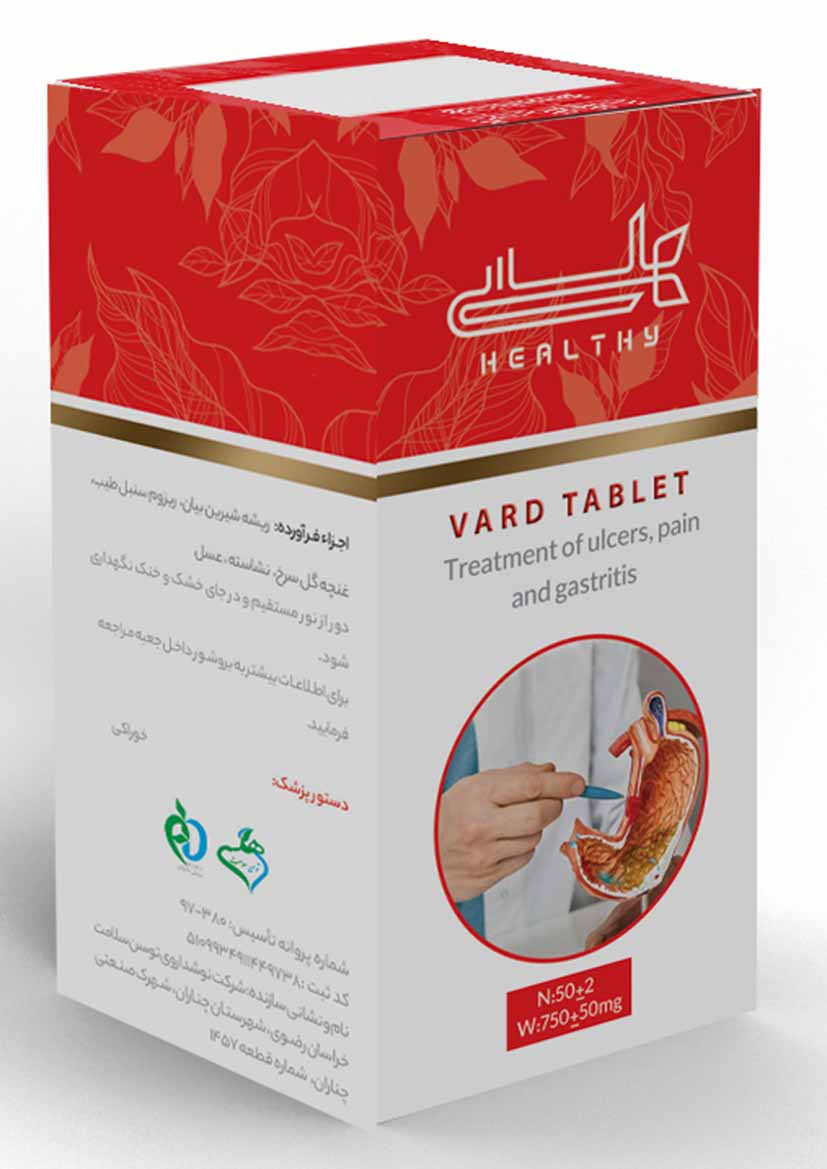
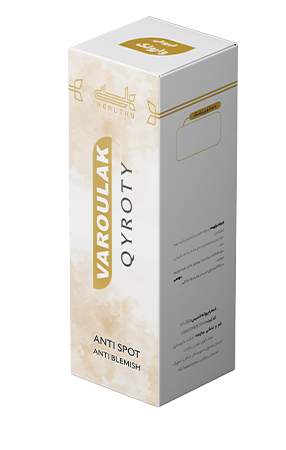
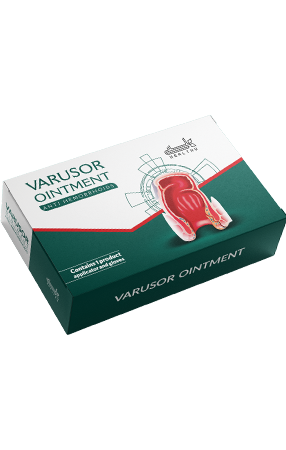
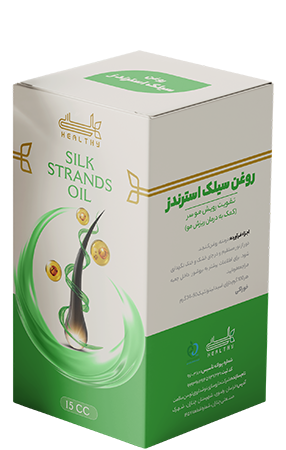
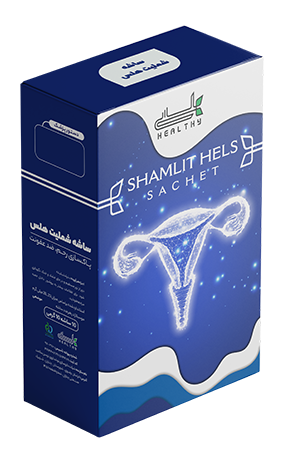
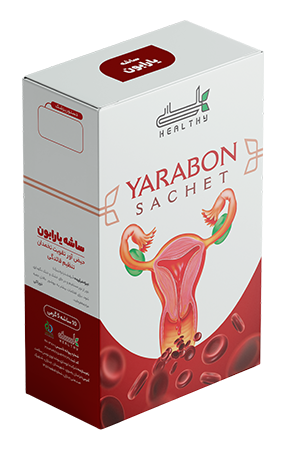

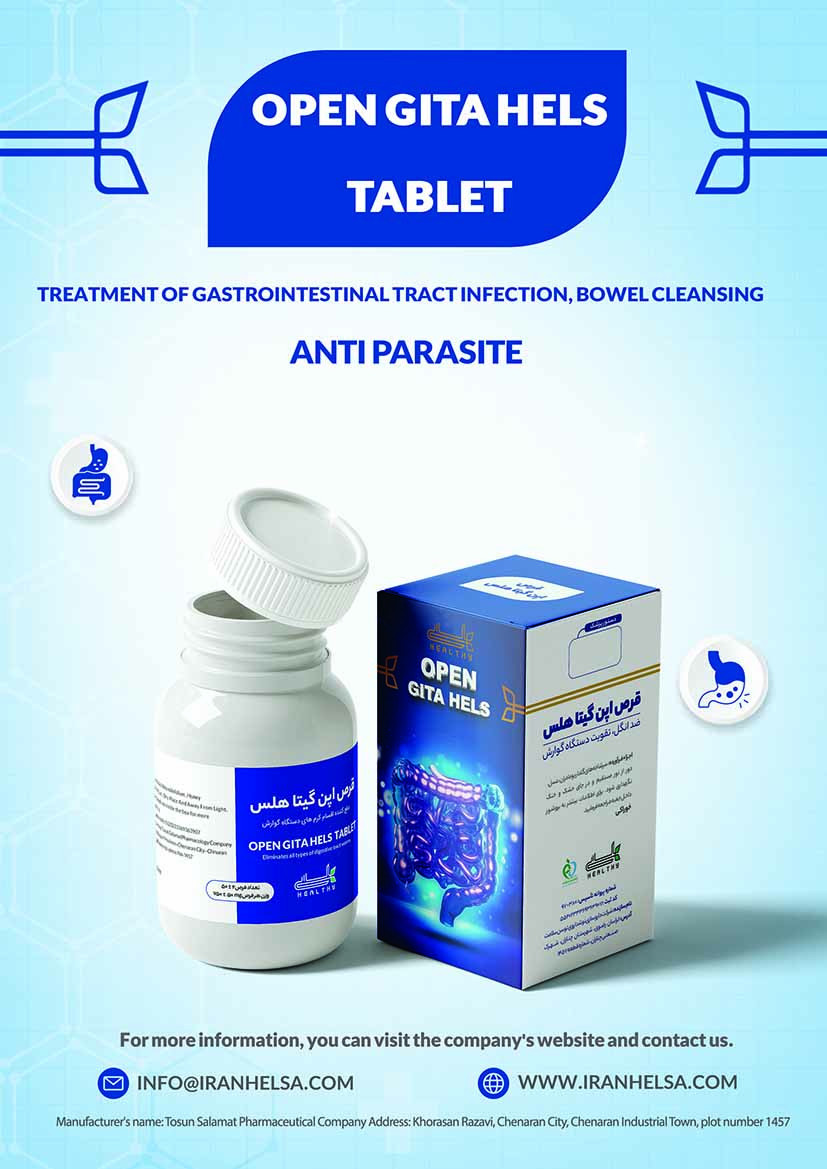
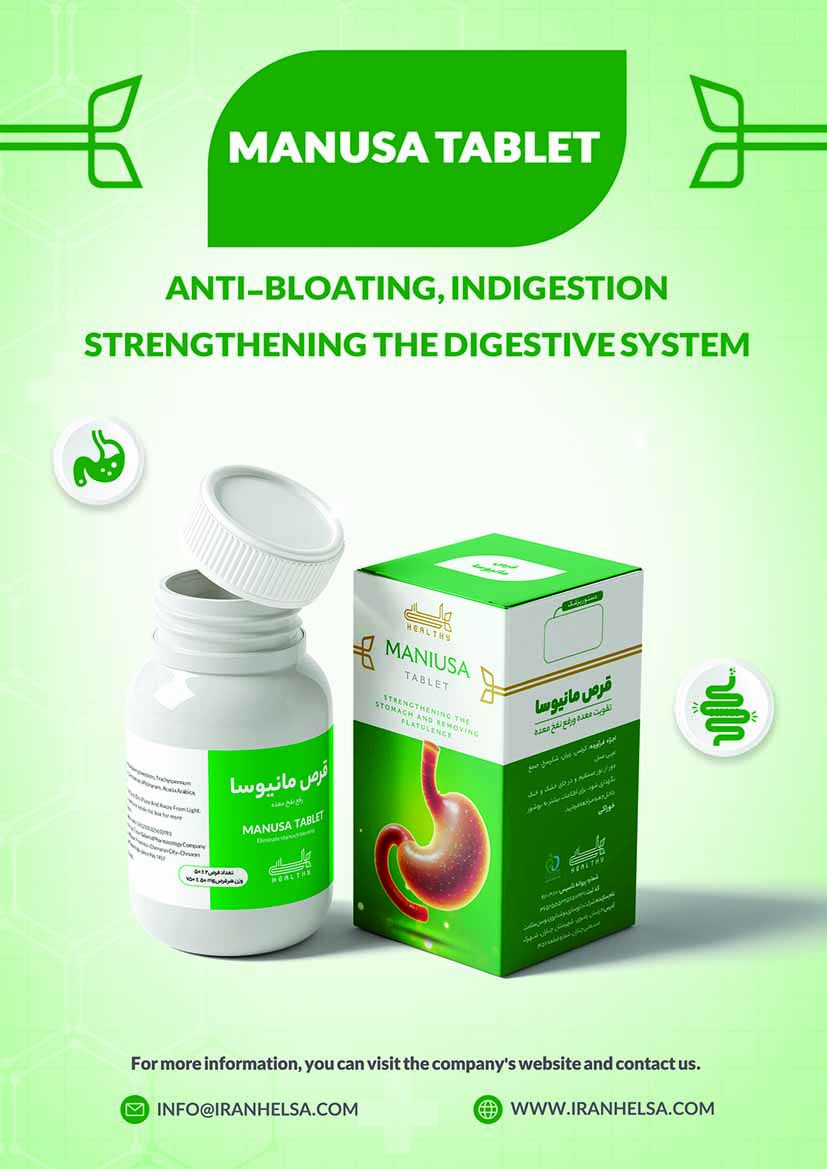
User comments